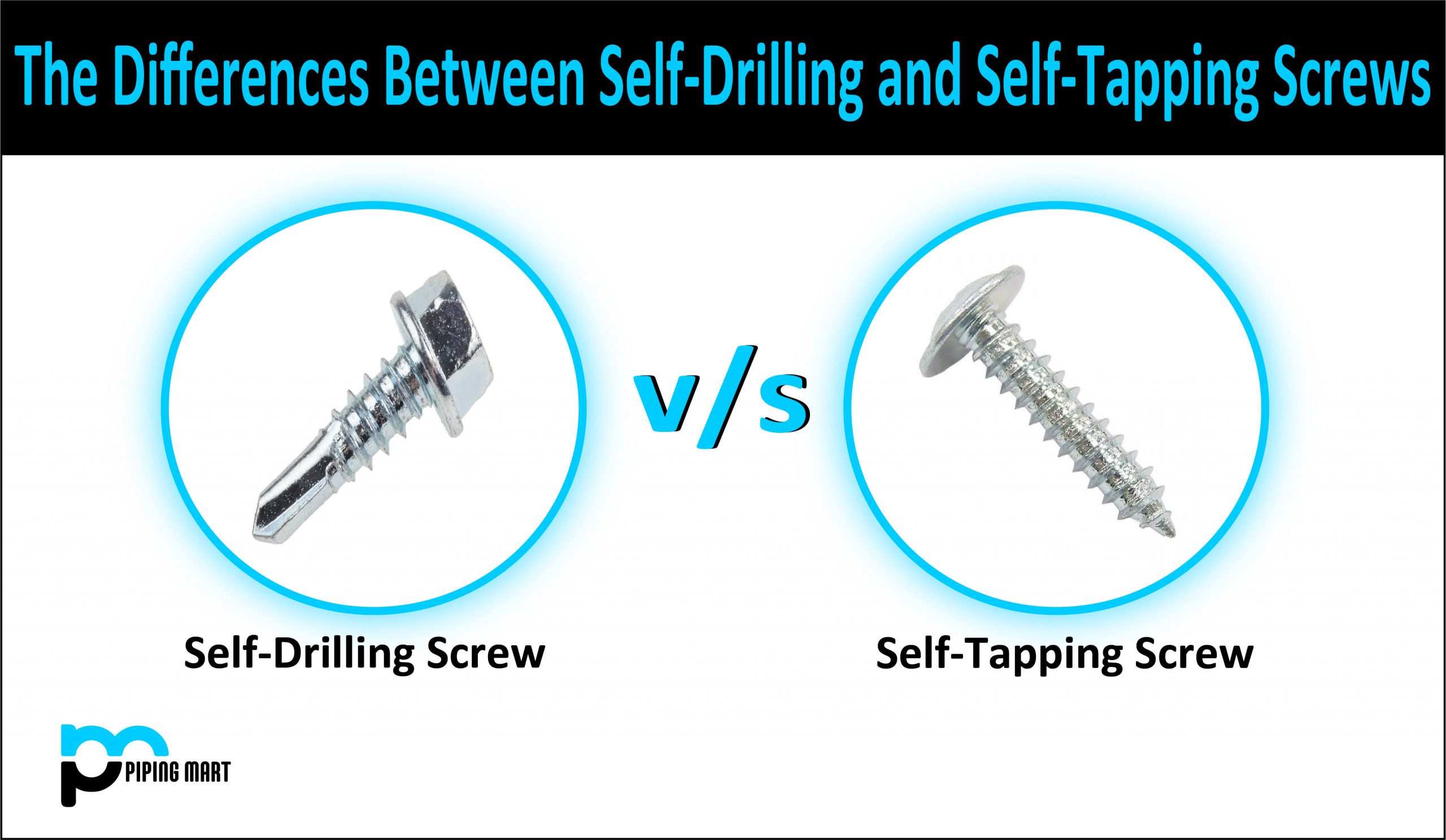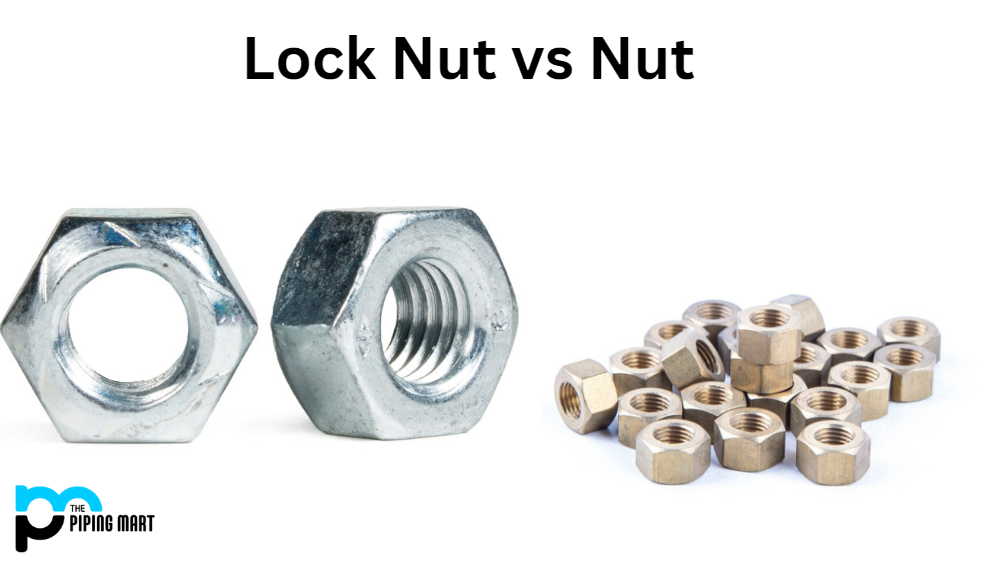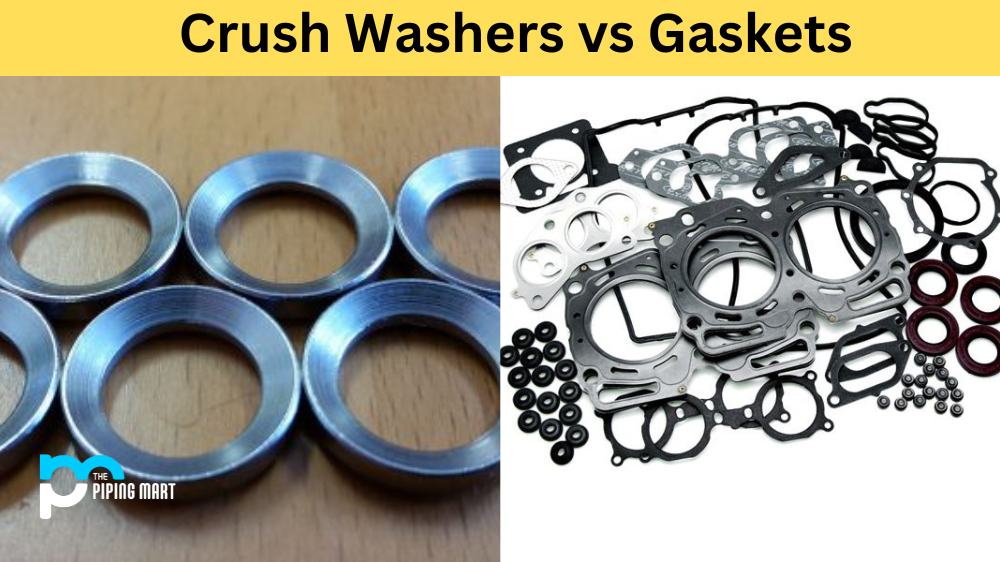Self-drilling and self-tapping, both screws have widespread usage across various industries. Even after being so commonly used, people get confused between the two. One of the major reasons for this confusion is because self-drilling screws are a sub-category of self- tapping screws.
Self-tapping Screws
Other than self-tapping screws, these screws are also called metal screws, sheet metal screws, tapping screws, or tapper screws. There are different types of tips available with these screws- pointed, blunt, or flat, and they are named as thread-forming, thread- cutting: tapping and making threads in a pre-drilled hole. Being designed with a flat tip, these screws are thread rolling and create zero clearance between the screw and the material. Self-tapping screws are typically used with metals, different types of plastics, and other materials like casts of iron, aluminum, brass, or bronze. Where securing the rear end with the nut is not possible, these screws are used. The applications of these screws are plenty: fastening aluminum material, attaching metal brackets onto wood, or inserting screws into plastic housings.
Self-drilling Screws
Self-drilling screws generally come with gentle curves at the end and are shaped like a twist drill. They have standardized drill points, which determine the length and the thickness of these screws. The most common types of these self-drilling screws are hex, square, and Phillips. These screws are used for fastening metal to metal, and wood to metal. It also works well with light, low-density materials. These screws are used for more specialized tasks as compared to self-tapping screws. They are commonly used for metal building and light gauge metal assemblies. Some common applications of these screws are HVAC applications, cladding, metal roofing, steel framing, and various other generalized construction tasks.
Difference
The most important difference between both types is: self-tapping screws cannot go through a metal piece without a pilot- hole, which has to be pre- drilled or pre-punched. Punching the accurate hole, with the right size, is very important. If the hole is drilled too big, the screw will become loose and not thread correctly. On the other hand, if the hole is very small, it will break, or split or crack the material.
Where self-tapping screws need a pilot hole, self-drilling screws do not require a pilot hole to cut and fasten. They can be drilled, tapped, and fastened in one go.
To conclude, all self-drilling screws are self-tapping screws, but all self-tapping screws are not self-drilling screws. Both the types of screws cannot be replaced with each other, and cause problems if interchanged.

Pipingmart is B2B portal specializes in industrial, metal and piping products. Also, share latest information and news related to products, materials and different types grades to help business dealing in this industry.




